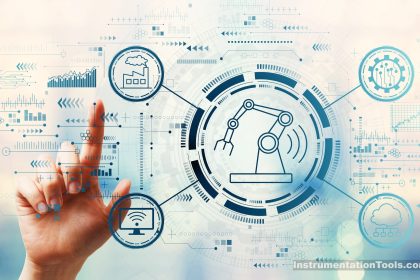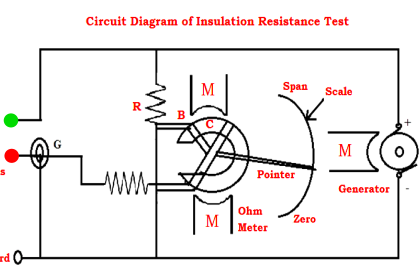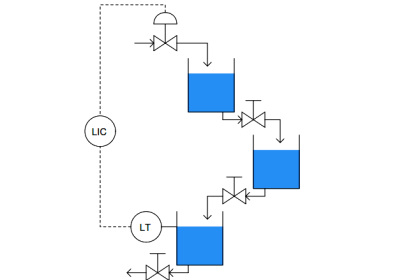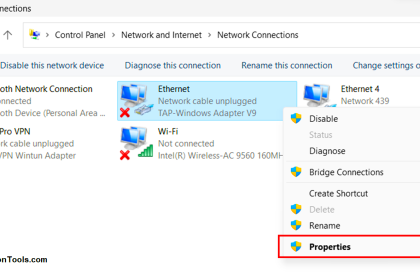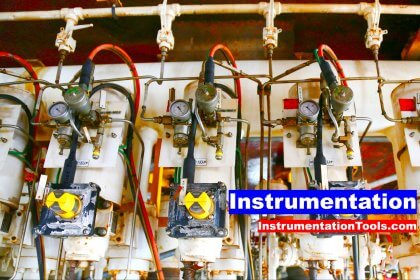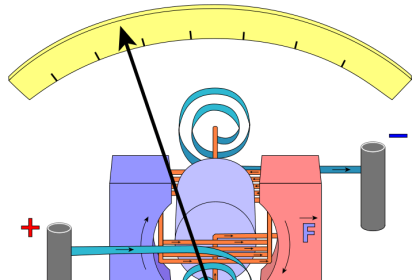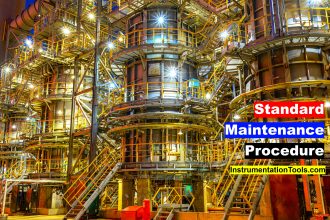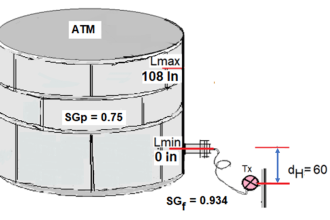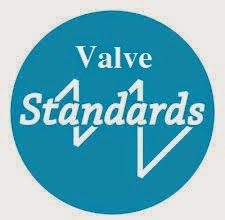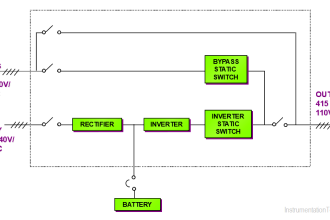In this post, we will see the concept of different types of sensors used in automotive vehicles.
Sensors are a very integral part of industrial automation. Almost every piece of machinery today works on the basis of sensors.
Sensors are a very integral part of automobile vehicles.
Sensors in Vehicles
Almost every function from spark advance, fuel metering, emission control, traction control, transmission shift points, antilock braking, etc. is performed under the surveillance of sensors.

Here, we will consider some of the standard sensors used in automobile vehicles:
Engine Speed Sensor
The engine speed sensors are used to detect the speed of the engine motor. It is connected to the crankshaft. The crankshaft’s rotating speed is monitored through this; which ensures that the fuel injection and engine timing is properly controlled.
The speed sensor consists of a disc and magnetic coil. A current and magnetic field is created around the coil as the crank spins; which are then disrupted by the disc. This causes a count of RPM.
Oxygen Sensor
The oxygen sensors are used to monitor the level of oxygen in the exhaust gases of the engine system. It continuously compares the oxygen level of ambient air with that of the levels generated in the engine system.
This shows that whether the engine is running clean air or not. This is a useful property for emission controls.
Radar Sensor
Radar sensors are very precise and of high range detection. This is the reason is why they are mostly used in defense systems and communication systems. The same technique is employed in cars.
Due to higher resolutions and the ability to work even in low light or dark conditions, they are used for anti-collision, parking help, lane changing, etc. that makes the driving system more reliable.
Today’s new generation of driver assistance systems or adaptive cruise control systems uses radar technology for efficient performance.
Mass Air Flow Sensor
The mass air flow sensor is located near the air filter box. It is used to monitor the amount of air in the engine system. As the name implies, it calculates the air density in the engine.
This ensures that proper air flow is available in the engine throughout its driving or else the engine will malfunction.
Fuel Temperature Sensor
The fuel temperature sensor is used to monitor the temperature of the fuel in the engine. It also consists of a sensor measuring the temperature of the air entering the engine.
The combination of data is computerized properly and used to control the performance of the engine.
In an engine system, warm air means more reliable energy as compared to cold air which does not combust efficiently and takes much more time. The fuel economy is controlled by this sensor working.
Coolant Temperature Sensor
The coolant temperature sensor is used to measure the temperature of the coolant, which is an important part of the engine cooling system.
Voltage Sensor
A voltage sensor is an important part of the sensor package and is used to control the car’s speed by measuring the voltage in the car’s electrical system.
Throttle Position Sensor
As you accelerate the car, the throttle opening and closing play a very important part in it.
The throttle position sensor measures the angle of the throttle body whenever a car accelerates.
Rain Sensor
The rain sensor detects rainfall or in short, continuous water falling on the windscreen. This automatically activates the wipers to clean the screen.
Humidity Sensor
The humidity sensor is used to monitor the humidity and proper air flow inside the car cabin. This ensures that the person sitting inside breathes comfortably.
Excessive humidity also causes mist on the windows and this can be controlled with the help of these sensors.
Conclusion
These are some of the generally used sensors in an automobile system. There are many variants available depending on the make and design. It only strengthens the fact that as in industrial applications, sensors play an important role in our daily life activities and objects surrounding us.
If you liked this article, then please subscribe to our YouTube Channel for Instrumentation, Electrical, PLC, and SCADA video tutorials.
You can also follow us on Facebook and Twitter to receive daily updates.
Read Next:
- Automated Guided Vehicle
- Wireless Electric Vehicle Charging
- Voice Activated Automation System
- Industrial Automation in Mining Industry
- Augmented Reality in Factory Automation
